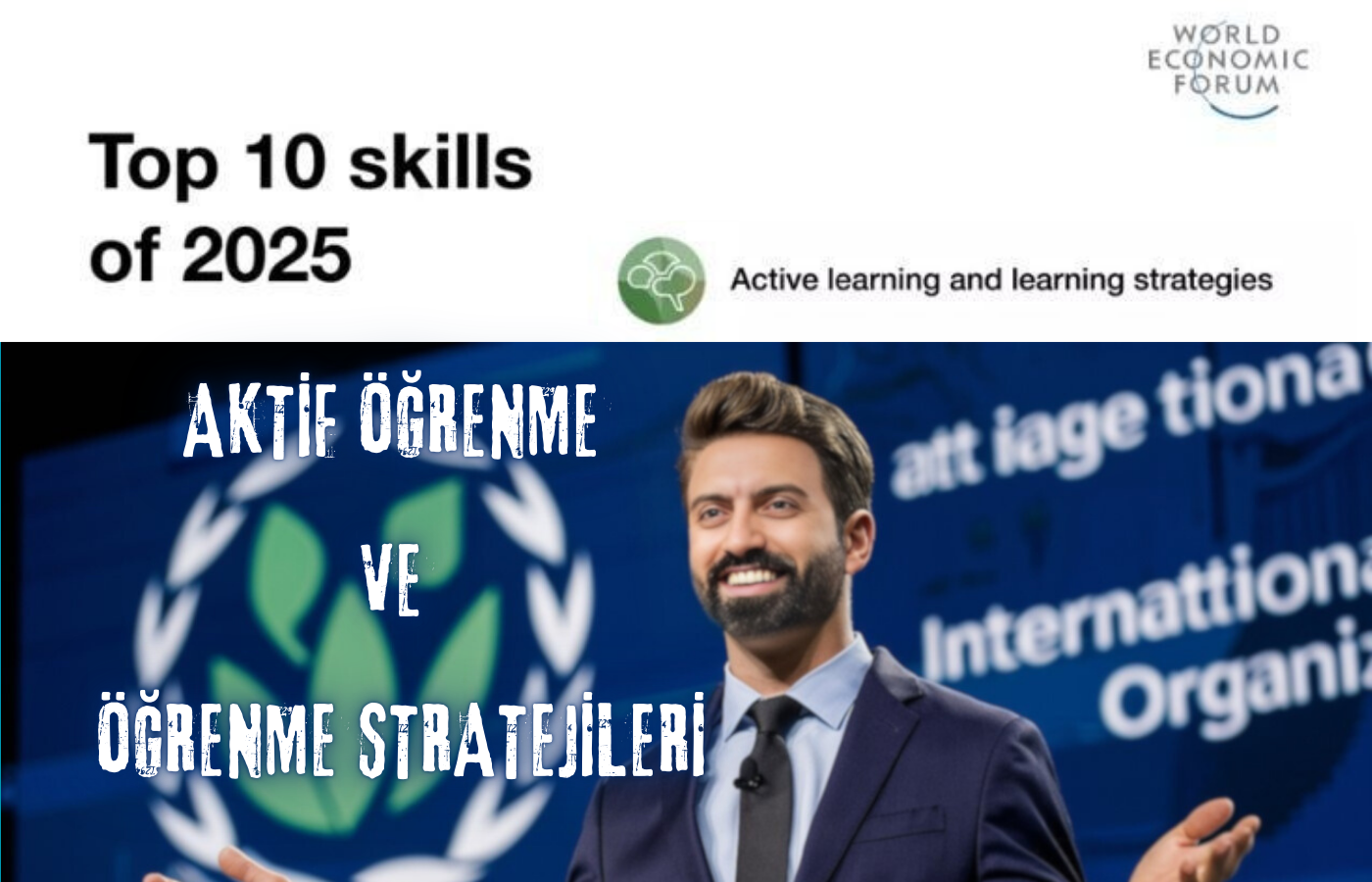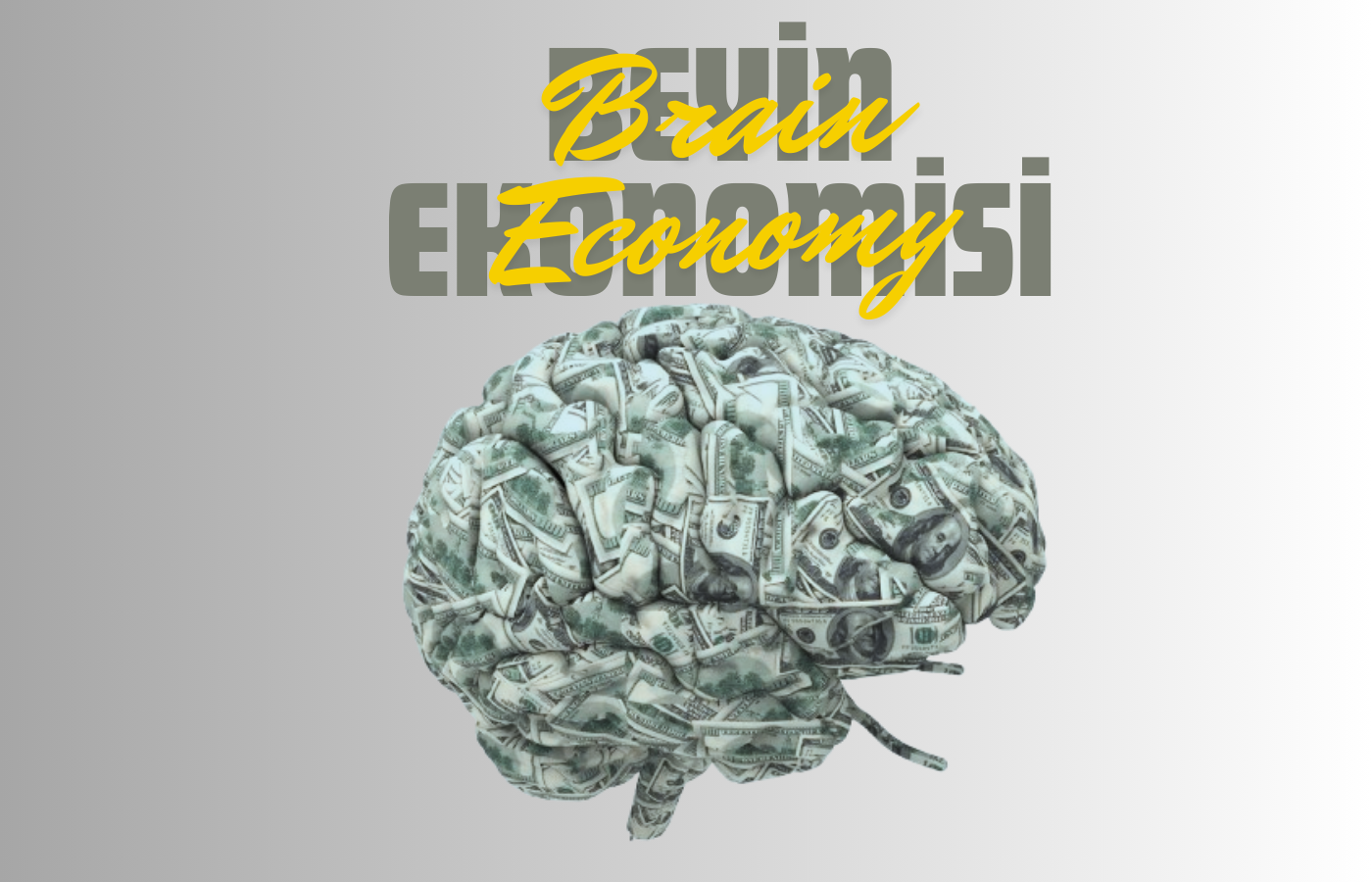
Active Learning and Learning Strategies
In our previous article, we explained why “analytical thinking and innovation” are among the key skills of the future. This blog post deals with the topic of active learning and learning strategies, which according to the World Economic Forum is the second most important key skill of the future. Active learning is an approach in which learners are actively involved in the learning process and internalize knowledge through application. Learning strategies include methods that structure the acquisition and use of information. To better understand these concepts, it is helpful to consult the literature. In Michael Prince’s “Does Active Learning Work? A Review of the Research”, active learning is described as a method that increases learner engagement and interaction, while learning strategies are explained as techniques for achieving learning goals.
Why are these skills so important?
Active learning and effective learning strategies are of great importance in an age of rapid information change. The World Economic Forum emphasizes that continuous acquisition of knowledge and skills is necessary due to technological progress and digital transformation. There are several reasons for the increasing relevance of these skills. Firstly, the world of work has become more dynamic and complex. Active learning and effective learning strategies are essential to enable the workforce to adapt to rapidly changing technologies and market conditions. Secondly, the concept of lifelong learning is central to professional and personal development. In a world where knowledge is rapidly becoming obsolete, a one-off university degree or training is no longer enough. Therefore, the World Economic Forum considers these skills to be crucial for the workforce of the future.
How can these skills be developed?
There are several methods to promote active learning and effective learning strategies. One of the first methods is problem-based learning (PBL), where learners learn by working on real-world problems. In addition, cooperative learning, which focuses on group work, enables the acquisition of knowledge and skills. In self-directed learning, learners plan and control their learning process independently. Another model is the flipped classroom, in which traditional knowledge transfer takes place at home using video or reading material, while attendance time is used for practical exercises. Simulations and role plays also offer the opportunity to experience complex processes and interactions, which makes learning more effective. Of course, there are many other methods and practices. Regardless of the method, however, reinforcement through “repetition” is critical to skill development.
Prominent examples
There are many individuals and organizations that exemplify active learning and learning strategies. For example, Khan Academy, an educational platform, is known for its “flipped classroom” model. Founded by Sal Khan, the platform allows learners to learn at their own pace and creates more time for in-class activities. Another example is renowned universities such as the Massachusetts Institute of Technology (MIT), which offers its students problem-based learning to develop their analytical and critical thinking skills. In addition, online education platforms such as Coursera and edX facilitate access to knowledge for millions of people by providing opportunities for self-directed and collaborative learning.
In this article, we have explained what active learning and learning strategies are, why they have gained importance and how we can develop these skills. The World Economic Forum’s categorization of these skills as essential shows how important it is to continuously learn and adapt in our rapidly changing world. In the next part of our blog series, we will look at the ability to solve complex problems. Stay tuned!



